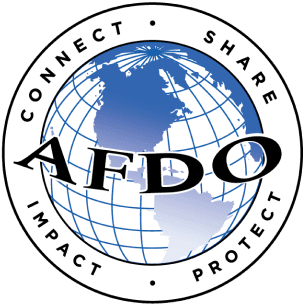The PSA Grower Training Course is one way to satisfy the FSMA Produce Safety Rule requirement outlined in § 112.22(c) that requires ‘At least one supervisor or responsible party for your farm must have successfully completed food safety training at least equivalent to that received under standardized curriculum recognized as adequate by the Food and Drug Administration
About the PSA Produce Grower Training Course
The WCs identified key areas and learning objectives to be addressed in the grower curriculum. Additionally, grower preferences regarding produce safety training courses were collected by hosting eight nationwide, in-person grower focus groups with eighty-nine produce growers. In 2015 and 2016, the PSA also collaborated with the FDA Division of Produce Safety staff to align the curriculum content with the final FSMA Produce Safety Rule requirements and incorporate the regulatory language throughout the curriculum modules and teaching notes. The seven-module PSA Grower Training Course was designed to be delivered in one day to meet grower requests, but multi-day training is an option.
Who should attend
Fruit and vegetable growers and others interested in learning about produce safety, the Food Safety Modernization Act (FSMA) Produce Safety Rule, Good Agricultural Practices (GAPs), and co-management of natural resources and food safety. The PSA Grower Training Course is one way to satisfy the FSMA Produce Safety Rule requirement outlined in § 112.22(c) that requires ‘At least one supervisor or responsible party for your farm must have successfully completed food safety training at least equivalent to that received under standardized curriculum recognized as adequate by the Food and Drug Administration.’
What to expect at the PSA Grower Training Course
The trainers will spend approximately seven hours of instruction time covering content contained in these seven modules:
- Introduction to Produce Safety
- Worker Health, Hygiene, and Training
- Soil Amendments
- Wildlife, Domesticated Animals, and Land Use
- Agricultural Water (Part I: Production Water; Part II: Postharvest Water)
- Postharvest Handling and Sanitation
- How to Develop a Farm Food Safety Plan
In addition to learning about produce safety best practices, key parts of the FSMA Produce Safety Rule requirements are outlined within each module. There will be time for questions and discussion, so participants should come prepared to share their experiences and produce safety questions.
Benefits of attending the course
The course will provide a foundation of Good Agricultural Practices (GAPs) and co-management information, FSMA Produce Safety Rule requirements, and details on how to develop a farm food safety plan. Individuals who participate in this course are expected to gain a basic understanding of:
- Microorganisms relevant to produce safety and where they may be found on the farm
- How to identify microbial risks, practices that reduce risks, and how to begin implementing produce safety practices on the farm
- Parts of a farm food safety plan and how to begin writing one
- Requirements in the FSMA Produce Safety Rule and how to meet them.
After attending the entire course, participants will be eligible to receive a certificate from the Association of Food and Drug Officials (AFDO) that verifies they have completed the training course. To receive an AFDO certificate, a participant must be present for the entire training and submit the appropriate paperwork to their trainer at the end of the course.
Costs to attend
Total costs to attend the PSA Grower Training Course will vary. Set costs include PSA Grower Training Manuals ($50) and a certificate of course completion from AFDO ($35 or $15 depending on the participant’s country of residence). $35 for participants from high-income countries and $15 for participants from low, lower-middle, or upper-middle-income countries, as designated by the World Bank. All other training costs, such as the cost of the venue and meals, will vary depending on location, food costs, travel costs, and availability of funding to reduce training costs. Costs will also vary between in-person, online, and remote training courses.

